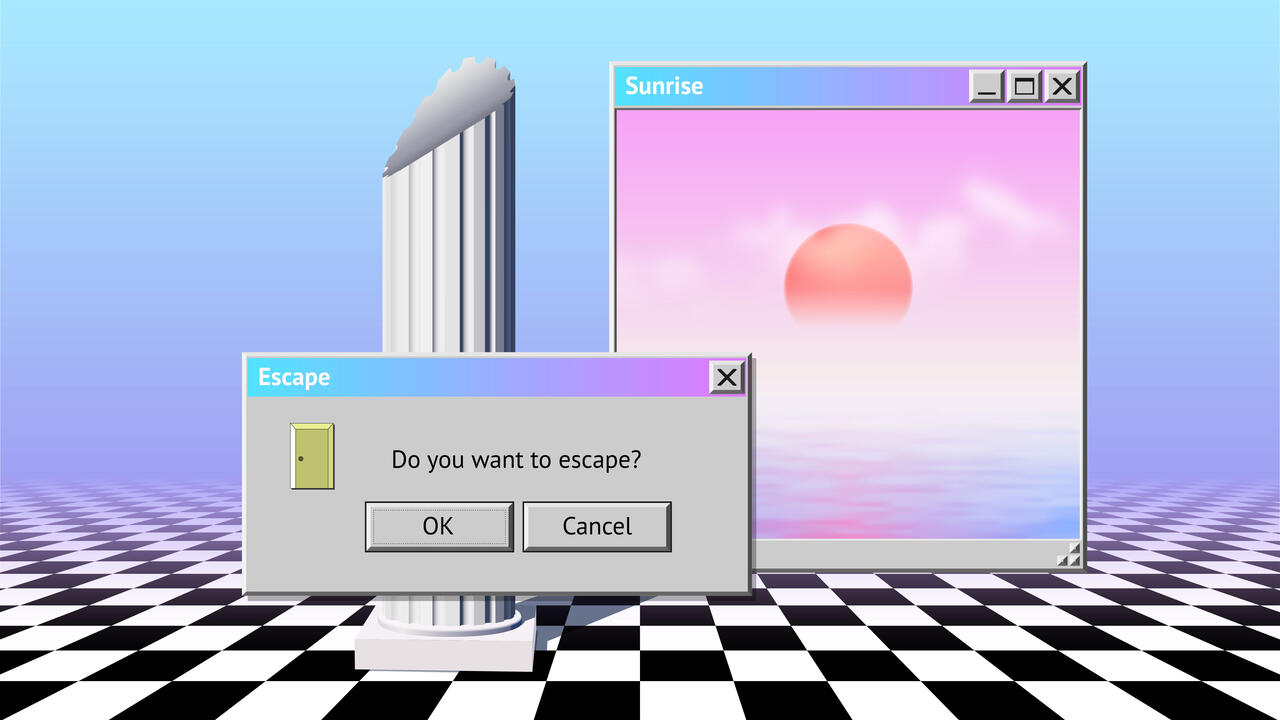What’s the Role of Art in the Row Over HS2?
As the most expensive railway on earth is built, is art being used as a mouthpiece for power?
As the most expensive railway on earth is built, is art being used as a mouthpiece for power?

HS2, the high-speed railway being built between London and Birmingham is the UK’s largest infrastructure project since the building of the motorways. According to the government’s 2015 spending review, it will cost GBP£55.7 billion; £403 million per mile. With costs likely to rise, it will be the most expensive railway on earth.
Those who champion the project – among them Lord Adonis, multinational engineering companies and property developers – have argued that HS2 will free up capacity on the existing rail network, create some 25,000 jobs and help bridge the existing economic gap between north and south, London and the rest. Despite significant evidence to the contrary, Birmingham’s business leaders think the city will benefit handsomely, and surprisingly, many artists and other cultural workers are also demonstrating enthusiasm for the project.

On 15 June, Birmingham-based gallery and commissioning agency Eastside Projects are hosting an a-n Assembly meeting addressing the impact of regeneration projects, including HS2, on Birmingham’s art scene. Organizer Antonio Roberts, a curator at Vivid Projects, says that ‘Art should be embracing these sorts of projects. It’s about recognizing that change will be coming and thinking about the opportunities it can bring.’ Still, some artists have been critical of HS2. Royal portrait painter Dan Llewellyn Hall produced banal murals in response to the loss of trees around Euston station. Photographer Mark King made a series involving lasers marking the train’s route through The Chiltern Hills in Buckinghamshire (a designated Area of Outstanding Natural Beauty). Julia Drummond knitted scarves for trees due to be felled.
The only thing the opponents of HS2 see is a hugely expensive vanity project at a time of sustained austerity. They see a swathe of environmental destruction carved through the countryside, public money funnelled into private profit, the pulling apart of local communities via a process that is at once undemocratic and unaccountable, and a land-grab by developers at both ends of the line: around Euston station in London and Curzon Street in Birmingham. In the Colne valley, Hillingdon, where trees have already been cleared (illegally, claim some) ahead of HS2's construction, private security personal have been accused of violent acts against peaceful protesters. And this is just the beginning. Far from unifying the nation, HS2 – like Brexit – has driven a dividing line right through the country.
HS2 are now advertising for a full-time arts curator who will support ‘the commissioning and co-ordination of an innovative programme of art commissions as part of the delivery of the HS2 Arts Strategy.’ The role of HS2’s new arts curator will be to aid in the ‘development of high quality arts and culture programmes working with key internal and external partners and local communities’, proving that this is just the beginning. HS2 have declared that ‘We will be good neighbours’, but for anyone familiar with the way in which HS2 Ltd has operated, the hypocrisy is breath-taking. Those most directly affected have described every encounter as a constant battle, even simply for accurate maps or information, let alone for adequate compensation. Even Conservative MP Maggie Throup has described the organization's treatment of local people as 'frankly disgraceful'.

Artists often see their work as articulating the voices of the dispossessed, but when creative work is commissioned in the service of vast and controversial infrastructure projects, is there a danger of art reducing itself to a mouthpiece for power?
In 2014 and 2015 I walked the route of HS2, meeting local residents, getting to know the people and places set to be altered irrevocably. Those in favour of HS2 have been quick to label such people, often retired, home-owning professionals, as NIMBYs. But that underestimates the extreme stress that can result from dealing with an impenetrable bureaucracy that is obstructive of the individual at every stage of the process. It also overlooks the large-scale loss of social housing at both ends of the line.
Over the course of my walk, I met with people experiencing severe depression, some even considering suicide, due to their experiences with HS2. Jos Smith, a poet, author and literature lecturer at the University of East Anglia who did the same walk in 2013, spoke similarly of people feeling ‘alienated and humiliated by this enormous bureaucratic machine.’ Smith’s interest is in the sheer scale of such megaprojects, which, he says, ‘demeans the public.’
But it is those in favour of the project who have received the most prominence. A few years ago, Jonathan Watkins, director of Birmingham-based Ikon gallery and curator of the 2019 Quebec Biennale, worked with Glenn Howells Architects on an (unrealized) proposal for a museum quarter at HS2’s Birmingham terminus, and in 2017, Turner Prize-winner Susan Philipsz was announced as the winner of the £2 million Birmingham Big Art Project. Her proposal, Station Clock, is a large-scale sound installation that will incorporate the voices of 1,092 Birmingham residents into a ground-level clock. The work will be integrated into the new HS2 station currently being designed by Grimshaw architects.

Gavin Wade, director of Birmingham-based gallery Eastside Projects, the commissioning agency responsible for delivering the Birmingham Big Art Project, argues cogently that in fact, it is just these kinds of situations in which art matters most. ‘That sense of conflicted, contested space is ideal for artists,’ he says. ‘We’re not asking artists to make a judgement. Station Clock addresses these conflicting voices. It is about the make-up of Birmingham and our country and who has a voice. It is a work of both harmony and discord.’
Perhaps this is the ultimate irony of Station Clock: that a work explicitly positing itself as giving voice to the voiceless can so easily be co-opted into an infrastructural megaproject that has consistently denied a democratic voice to those most directly affected. There is a huge difference between being heard and being listened to. Having your problems heard by the audience of a public artwork is no compensation for being ignored by those who actually have the power to solve them. Transparency does not equal accountability. Paid for by HS2, Philipsz’s work can only ever be a hollow echo of democracy.
So what should art do? Artists and architects have been vocal in their opposition to Brexit or the destruction of London's Heygate and Robin Hood Gardens estates. So far they have largely remained quiet on HS2. Three poems in Smith’s collection, Subterranea, deal with HS2 by slowing down time and paying respect to the tangle of nature, history and politics within the landscapes of rural England. My own HS2 book, Signal Failure, tried to do something similar. ‘I don’t see art as intervening to stop this. It’s not possible,’ Smith tells me, ‘but art can play a role in helping people make sense of what is going on.’
Main image: Susan Philipsz, detail of model of Station Clock for Birmingham Big Art Project, 2016. Courtesy: Eastside Projects and Birmingham Big Art Project; photograph: Stuart Whipps





















